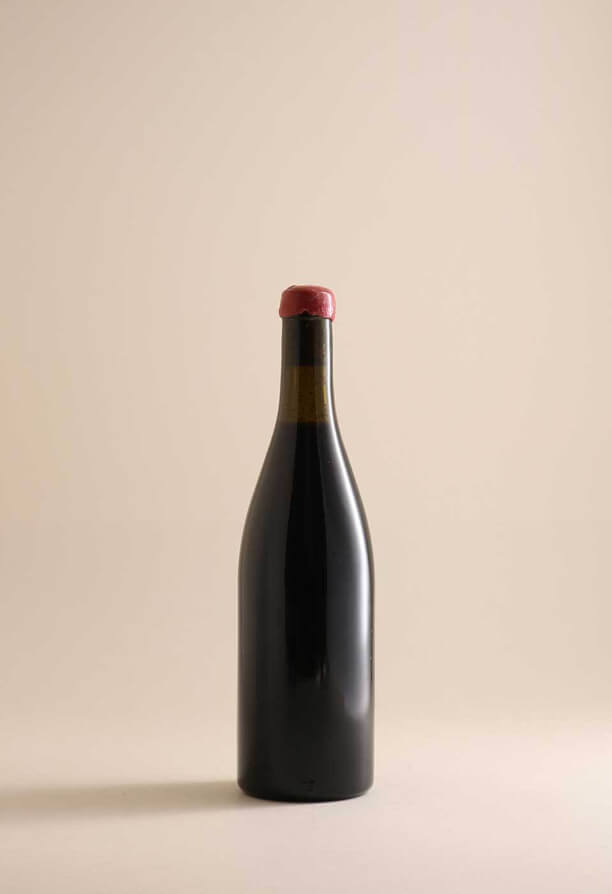It was out of respect for the rich history of the terroir that Château De Béru decided to convert to organic and biodynamic winemaking. The Béru family have owned the estate for 400 years, and even writings by 9th-century monks note the vineyards growing here. It was during the Middle Ages that the wines here received international appreciation, often appearing on royal tables. This was also when the 13th-century château was built, along with the walled vineyard, Clos Béru, a cuvée of which is still made. There was a hiatus in production, however, following the devastation of the phylloxera outbreak in the late 19th century. It wasn’t until 1987 that Comte Éric de Béru decided to replant all of the vines, including Clos Béru. The first vines were planted by the Romans, probably in the 1st century, but part of its uniqueness has its roots even further back than that, about 150 million years, in fact. The Kimmeridgian soil is peppered with fossilised oyster shells from the Jurassic era.
Despite its long history, current owners Laurence de Béru and her daughter, Athénaïs, were aware that the soil was fragile, and that its survival depended on moving away from damaging conventional farming techniques. The fertilisers, pesticides and damage brought on through the use of tractors were gradually destroying the microorganisms in the soil that had served winemakers so well for so long. Since 2005, only organic methods have been used on the estate, and from 2010 they began to convert to biodynamic practices. Now only a limited amount of natural chemical intervention is used, such as treatment with sulphur, and a horse-drawn plough prepares the soil, rather than a tractor. It hasn’t always been easy for the family – in 2016, for example, they lost all of their crops to a late April frost. But despite this, the estate has recovered and continues to build on its already steadfast reputation.


























